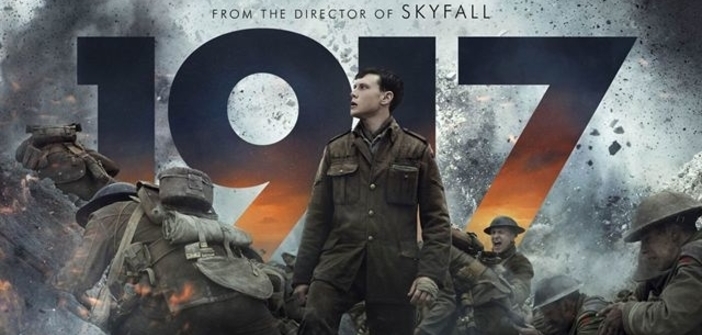Sam Mendes creates with “1917” a cinematic experience like no other. Between technical prowess and depth of narrative, this war film stands as a strong favorite for the upcoming Oscars ceremony.
“1917” is Sam Mendes’ eighth film, who has already won an Oscar for “American Beauty.”
Watch out for a masterpiece! The year has barely started, and its best film has probably already arrived. Sam Mendes presents to the public his war film, a mandatory passage for any great director, “1917,” just awarded the Golden Globes for best director and best dramatic film. The camera quite literally follows two soldiers throughout the film, sent on a suicide mission to save a regiment on the verge of being massacred, in what is a marvel of technical mastery.
With Roger Deakins on cinematography, already a collaborator on the last two “James Bond” films, Sam Mendes offers an immersive experience to the viewer. The film is (almost) a continuous two-hour single shot where the camera moves through landscapes with death at its heels.
One can easily imagine the headaches for the film’s technical team during the shoot, where even the slightest lapse in attention is unthinkable, given the choreography of the camera movements is perfect.
The viewer is gripped by what they see without realizing that the image flows continuously. Never has the experience of elapsed time been felt like this in cinema. “1917” is truly a concept film.
The substance as rich as the form
In addition to its technical feat, another great strength of the film lies in its subtext. Far from being an empty shell, “1917” holds strong themes without overexposing them. The film presents the total destruction caused by World War I. The landscapes are fractured by trenches and shell craters while towns are reduced to ruins. These settings navigated by the two protagonists are filled with corpses, both human and animal. Those still standing are morally destroyed, traumatized by an extreme violence they do not understand and from which they will never recover.
The chaos engendered by men, in the name of blind patriotism towards a nation, is carried out at the expense of human beings. Abandoned German camps contain the same family photos as the English camps because they are held by the same ordinary people.
In this madness, the two heroes, engaged in a race against time and death, embark on a mythological adventure with a humanistic purpose. Like in “Saving Private Ryan,” the mission is to save the living. The characters adapt to death but fight for life because life prevails over everything.
Paul Guianvarc’h


